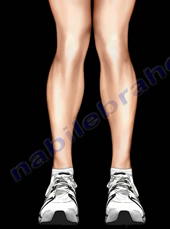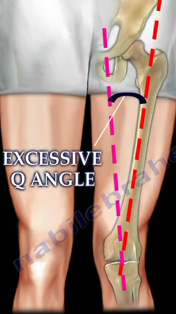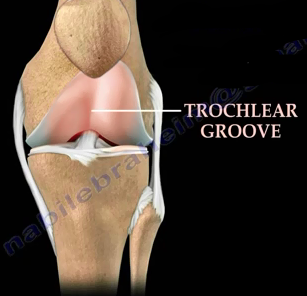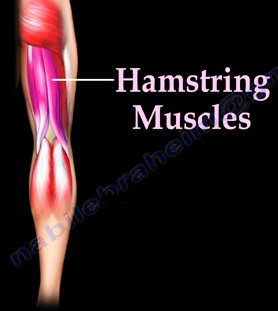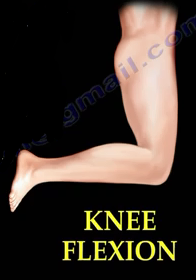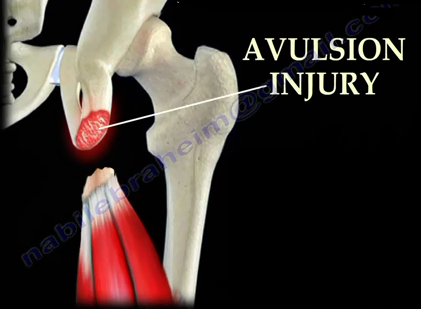Acne is a folliculitis with acute and chronic inflammation caused by the bacteria propionibacterium acne gram positive bacilli that loves fatty acids of the sebaceous glands. The P-acne bacteria proliferates, setting inflammation in the follicle and when the follicle becomes blocked, the bacteria proliferate even more.

The skin surface has pores which are openings to the follicles. The follicle is under the skin surface. Under the skin surface, the sebaceous glands secrete sebum into the follicle. The oil travels up into the skin through the pores. The secreted oil lubricates the skin and hair. The hair follicle cells produce keratin which is dead skin material that joins the oil through the pores.

Bacteria can also be found within the follicle. Oil, keratin and bacteria are the three elements that flow out of the pore opening. This material is thick and sometimes can act as a glue. If the pore opening becomes blocked, then the acne will start. The pores can become blocked by skin irritation, make-up, cream, or even by touching or squeezing the skin. When the pores are blocked, the oil, keratin and bacteria cannot get out of the skin.

Pressure within the pore begins to build up and make the follicle expand like a balloon. It becomes a pocket full of thick, dirty, undesirable material. The follicle walls stretch and then tear, leaking fluid into the surrounding tissues. Inflammatory cells are attracted to the follicle material and the skin inflammation starts. The follicle will try to repair itself by adding and shedding more keratin and this increases the content of the follicle itself. The pressure builds up and will cause the follicle to burse causing a wider area of inflammation and red pimples on the skin, called acne.

Acne starts around the time of puberty. Before puberty, the oil glands make very little oil. At puberty, the hormones stimulate the sebaceous glands (oil glands) to produce more oil. Some people produce more oil than others, usually due to genetics. Some people produce 10 times more oil than other individuals. A lot of material tried to get out through a small pore. The patient becomes acne prone. The trapped sebum allows bacteria to grow and plus the follicle. This forms the primary acne region called comendo.

Acne can be a white head, where the sebum and bacteria stay below the skin surface. Acne can also appear as a black head where the trapped material goes through a partially open pore and then turns black due to melanin that oxidizes.

In summary, there is a lot of oily material which is sebum. Pores are small and a lot of dead skin cells are shed inside the pore along with a lot of bacteria. Bacteria love the oil that is produced by the sebaceous glands and they feed on it. More oil is produced after puberty. The bacteria enjoy the oil and multiply. As the follicle becomes filled with the undesirable material, the follicle expands and bursts. The material goes beyond the area of the follicle and attracts inflammatory cells.





